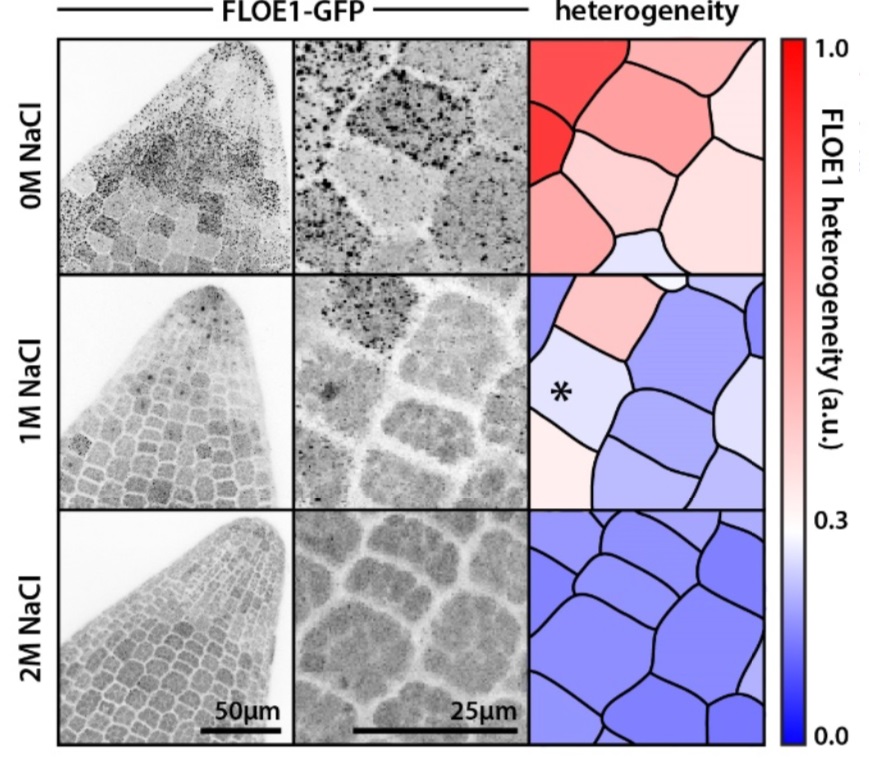
Hydration-dependent phase separation of a prion-like protein regulates seed germination during water stress (bioRxiv)
Plant Science Research WeeklyPlant seeds can remain dormant for several years under stress conditions and subsequently germinate once favorable conditions return. Even though this phenomenon has been known for many years, what keeps the seed from germinating during the unfavorable conditions, especially during water deficit conditions,…
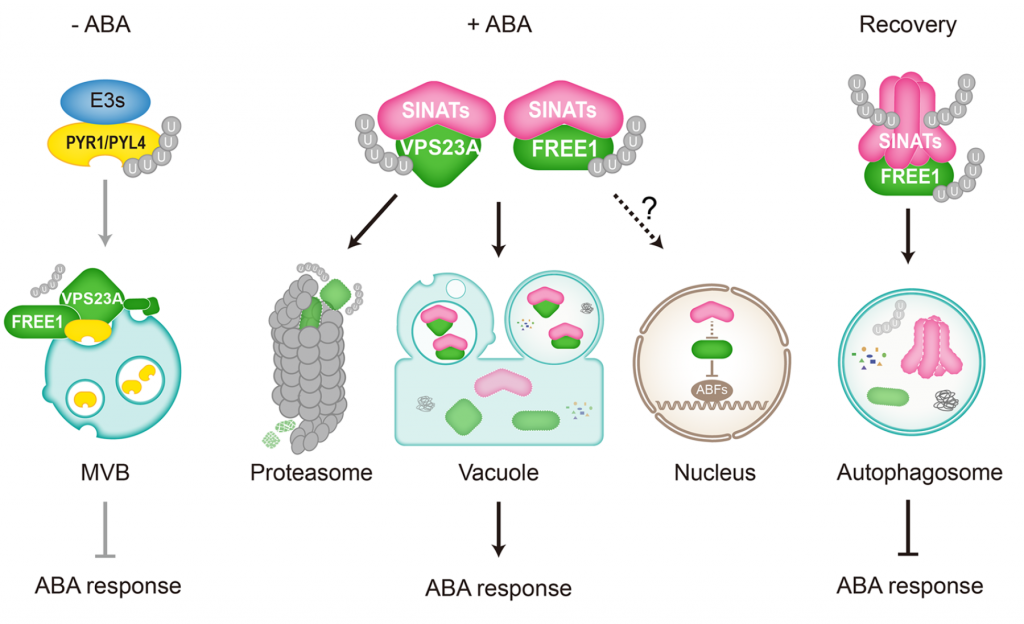
A new node in mediating crosstalk between the proteasomal and autophagic degradation pathways (Plant Cell)
Plant Science Research WeeklyProtein degradation is mediated by several systems: the ubiquitin-proteasome system, multi-vesicle body-mediated vacuolar sorting (MVB), and the autophagy-vacuole pathway. However, the communication between these different protein degradation systems are less characterized. Here, Xia et al. report a…

Complete microviscosity maps of living plant cells and tissues with a toolbox of targeting mechanoprobes (PNAS)
Plant Science Research WeeklyBiological processes are ruled by physical as well as chemical forces and properties, but the former are much less well understood and studied. Here, Michels et al. describe a collection of fluorescent probes that provide a quantitative visual readout of microviscocity, reflecting the physical properties…
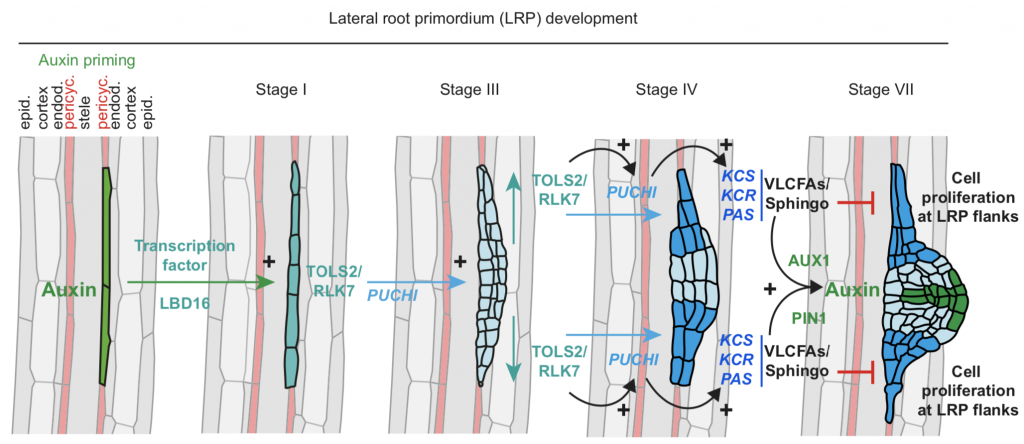
Review: Feedback mechanisms between membrane lipid homeostasis and plant development (Dev. Cell)
Plant Science Research WeeklyPlant development is a regulated process of cell division, expansion, and differentiation. Membrane lipids are crucial to these processes, as illustrated in this review by Boutté and Jaillais. The authors discuss the major lipid components in the different membrane systems and how these vary in space…

The biogenesis of CLEL peptides involves several processing events in consecutive compartments of the secretory pathway (eLIFE)
Plant Science Research WeeklySmall signaling peptides are cleaved from precursor proteins by the action of proteases and are also subject to other post-translational modifications. Subtilases (SBT) are mostly extracellular proteases, but SBT6.1 is membrane-localized at the Golgi and plasma membranes. Furthermore, it has been shown…
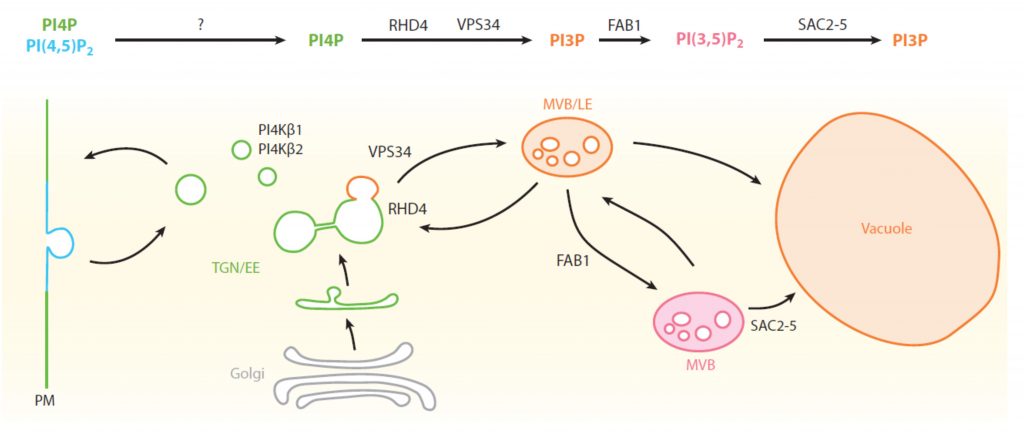
Review: Functions of anionic lipids in plants (Annu. Rev. Plant Biol.)
Plant Science Research WeeklyMoving materials within and out of cells requires that membranes carry identification labels, but when the membrane itself moves, that ID label must be updated. These requirements are met ingeniously by the anionic lipids, which are both a modifiable information system and simultaneously modify the physicochemical…
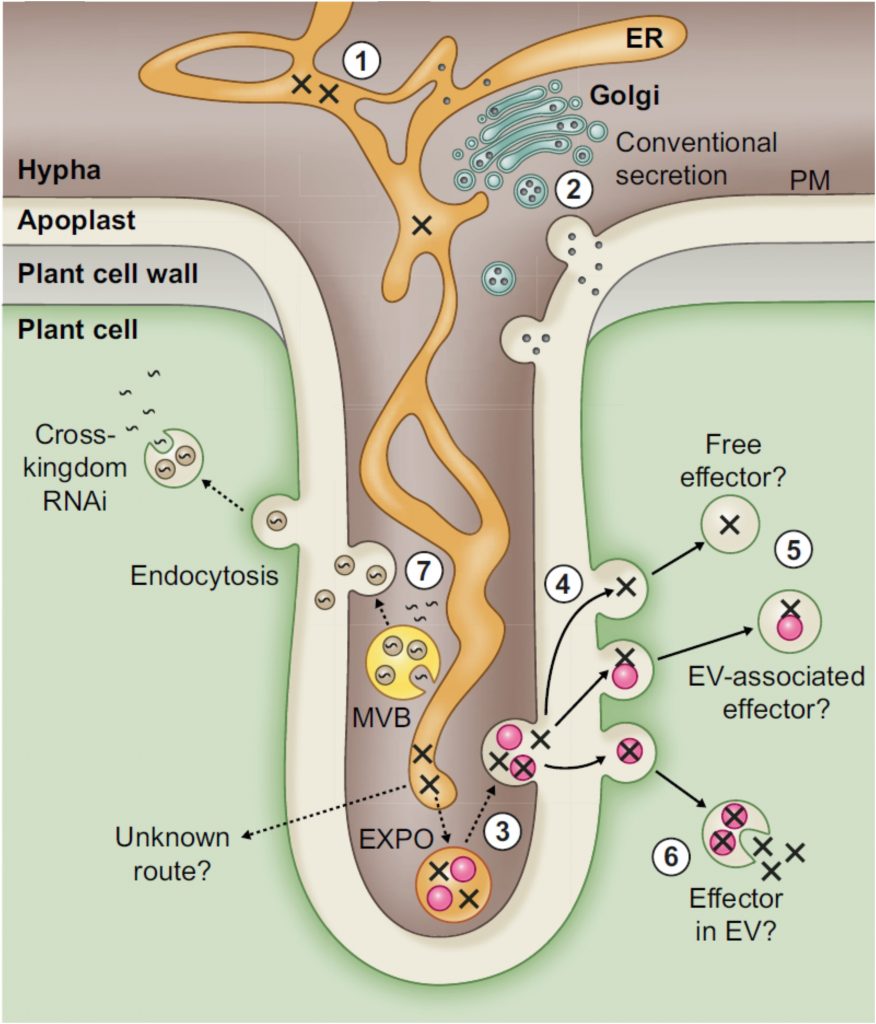
Review: Devastating intimacy: the cell biology of plant–Phytophthora interactions (New Phytol)
Plant Science Research WeeklyPhytophthora are plant-destroying oomycetes. Within this genus are several infamous disease-causing agents: P. infestans of the potato late-blight fame, P. sojae of soybean root rot, P. ramorum of sudden oak death, and many other lesser-known species. This fine new review by Boevink et al. explores the…
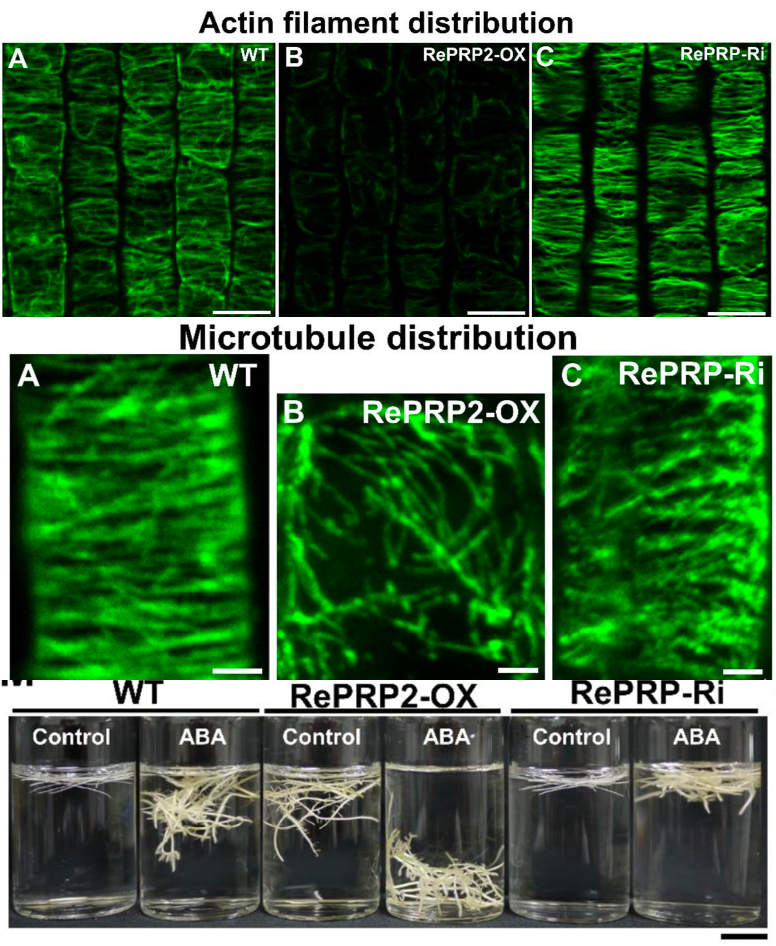
“Order by disorder”- intrinsically disordered proteins (Plant Physiol.)
Plant Science Research WeeklyIntrinsically disordered proteins (IDP) have repetitive protein sequences but lack a defined 3D structure and are deployed to do some challenging functions that a protein with a defined 3D structure cannot perform. One such IDP, Oryza sativa REPETITIVE PROLINE-RICH PROTEIN (OsRePRP) is involved in inhibiting…
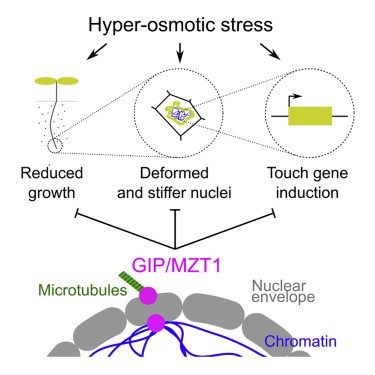
Mechanical shielding in plant nuclei (Curr. Biol.)
Plant Science Research WeeklyThe nucleus is an organelle with tremendous shape flexibility in response to environmental cues; it has been described as the “plastic, elastic, and fantastic” organelle. The change in nuclear geometry based on mechanical stress is well documented from single cell studies in culture, but the question…

